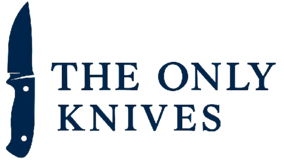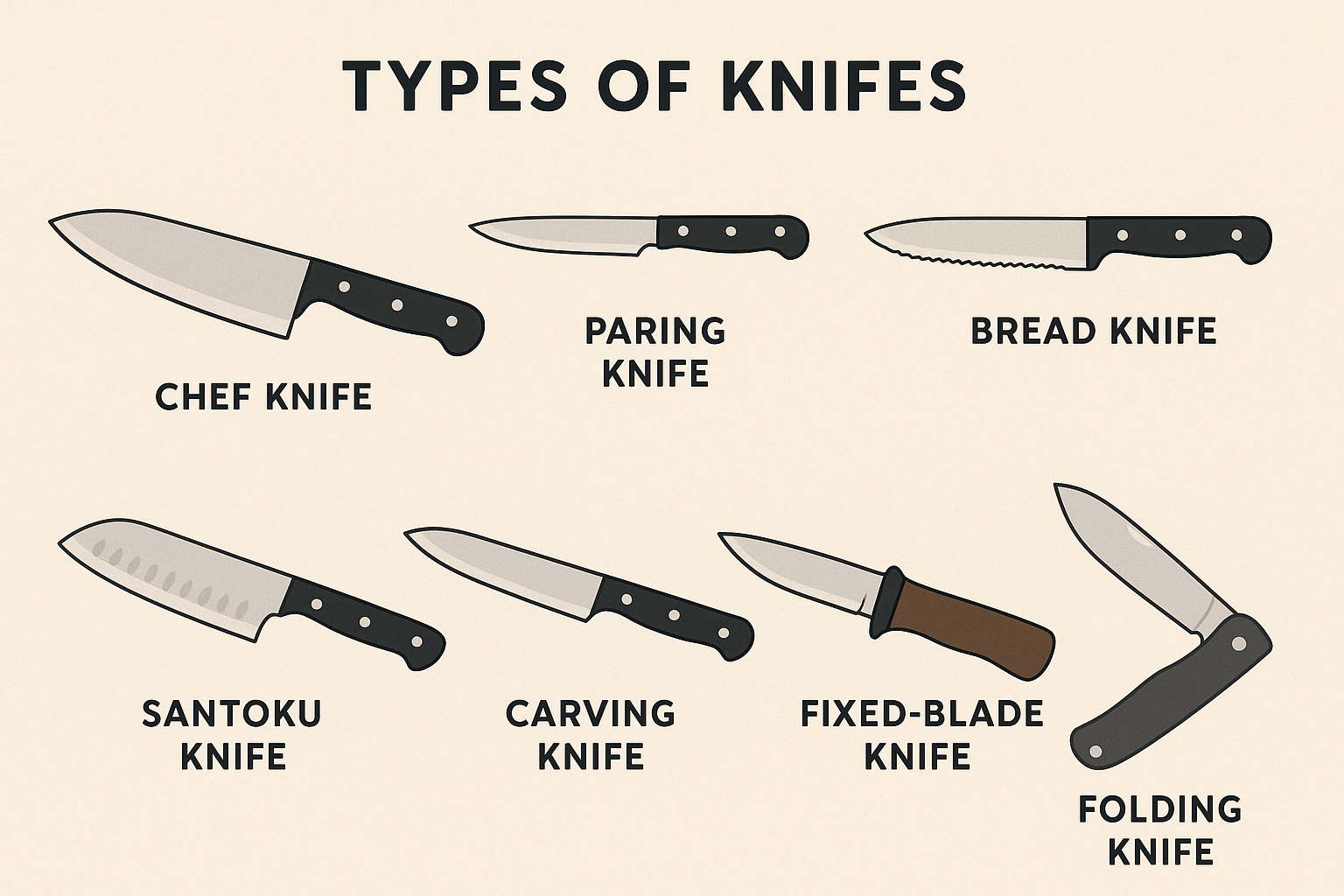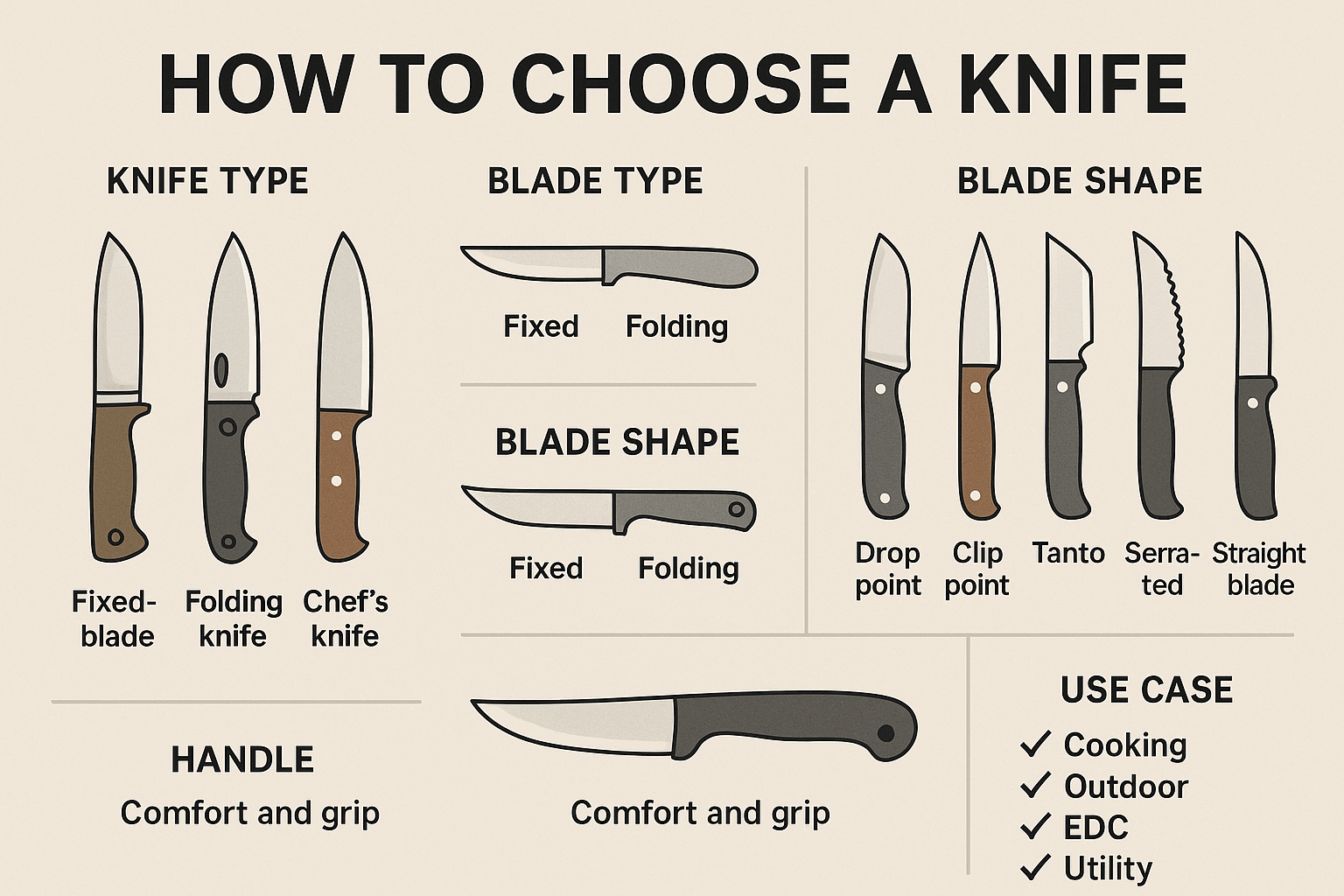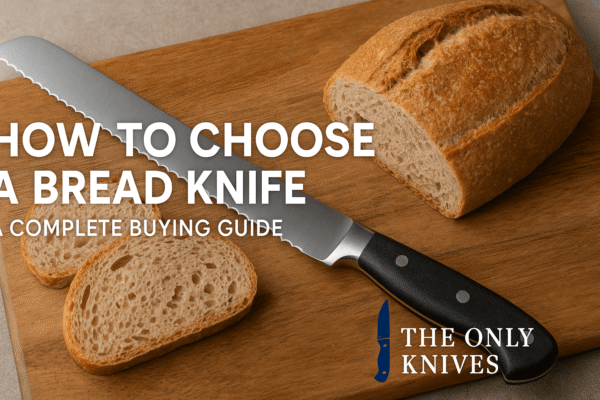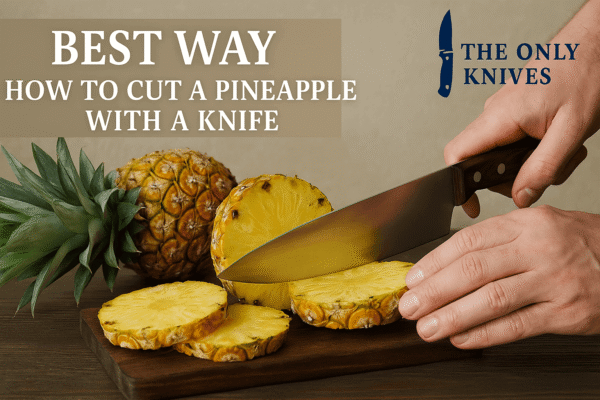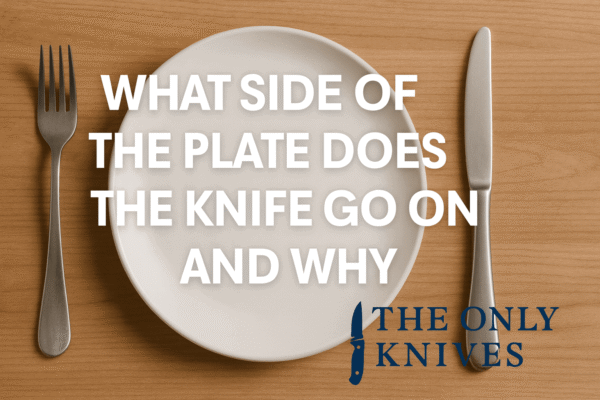A chef knife is the cornerstone of any kitchen. Whether you’re preparing vegetables, meat, herbs, or fish, this versatile tool handles 80–90% of daily cutting tasks. But not all chef knives are created equal. In this guide, you’ll learn how to choose the right chef knife based on blade material, size, balance, shape, and more.
What Is a Chef Knife?
A chef knife (also known as a cook’s knife) is an all-purpose kitchen knife designed for slicing, dicing, chopping, mincing, and even light butchery. The most common style is the Western (German or French) chef knife, which features a broad blade and a curved edge that allows a rocking motion when cutting.
1. Determine the Right Blade Length for Chef Knife
Chef knives typically range from 6 to 10 inches (15–25 cm) in blade length.
| Blade Length | Best For |
|---|---|
| 6–7 inches | Smaller hands, tight spaces |
| 8 inches | Standard, versatile length |
| 9–10 inches | Large volumes, long strokes |
Tip: An 8-inch chef knife is the most popular and practical size for most home cooks.
2. Choose the Right Blade Material
The type of steel affects how the knife holds its edge, resists corrosion, and feels in use.
| Steel Type | Pros | Cons |
|---|---|---|
| Stainless Steel | Rust-resistant, easy to maintain | Slightly lower edge retention |
| High-Carbon Steel | Very sharp, holds edge well | Prone to rust if not dried/oiled |
| Powdered Steel | Premium, extremely fine grain, durable | Expensive |
| Damascus Steel | Visually striking, layered construction | Often decorative, can vary in quality |
Recommendation: High-quality stainless steel is a safe and low-maintenance choice for beginners.
3. Consider the Blade Profile and Edge Shape
Chef knives typically come in two styles:
German-style (Wüsthof, Zwilling):
- Broad, curved belly
- Ideal for rocking motion
- Heavier and thicker
French-style (Sabatier):
- Thinner and straighter
- Precise, controlled slicing
- Lighter, agile feel
Tip: If you prefer a rocking cut, go German. For precision slicing, consider a French-style profile.
4. Pay Attention to Handle Design
A good handle gives you control, comfort, and safety.
Look for:
- Ergonomic shape: Prevents hand fatigue
- Non-slip materials: Wood, plastic, rubber, or composite (G10, Micarta)
- Full tang construction: Blade extends through handle for durability and balance
- No sharp edges: Especially at the bolster (the thick junction between blade and handle)
Avoid: Cheap, smooth plastic handles — they can slip when wet.
5. Test for Balance and Weight
Balance and weight vary depending on the knife’s design and the user’s preference.
- Well-balanced knives feel evenly weighted between handle and blade.
- Heavier knives assist with momentum and cutting through tough ingredients.
- Lighter knives feel more agile and responsive.
Test it yourself: Hold the knife in your hand. Does it feel stable and natural? Does it strain your wrist?
6. Don’t Forget the Bolster
The bolster is the thick metal section between the handle and the blade. It adds balance and protects your fingers during use.
- Full bolster: Traditional on German knives, offers more protection
- Partial bolster: Allows easier sharpening of the full edge
- No bolster: Common in Japanese knives (like Santoku), better for precision but less finger protection
7. Look for Edge Angle and Sharpness
- Western-style chef knives typically have an edge angle of 20–22 degrees per side.
- Japanese-style chef knives (like Gyuto) are often sharpened to 15–16 degrees per side — sharper, but more delicate.
Tip: A sharper angle = more cutting precision, but requires more careful use and maintenance.
8. Set a Realistic Budget
You don’t need to spend $300 on a great knife — but avoid bargain-bin blades.
| Budget Range | What You Get |
|---|---|
| $30–$60 | Entry-level stainless steel, decent ergonomics |
| $70–$120 | Mid-range professional knives, better steel |
| $150+ | Premium knives, handmade or Japanese brands |
Trusted brands: Victorinox, Wüsthof, Mercer, MAC, Tojiro, Global, Shun, Dalstrong
9. Try Before You Buy (If Possible)
If you’re buying offline, hold the knife. Feel the grip, the weight, the balance. Try the pinch grip (holding the blade at the base with thumb and forefinger). It should feel natural and secure.
Online? Read reviews carefully — especially from professional chefs or experienced users.
10. Think About Maintenance
Even the best knife becomes useless if it’s not maintained. You’ll need:
- A honing rod (for regular realignment)
- A whetstone or sharpener (for occasional sharpening)
- Proper storage (blade guard, magnetic strip, or knife block)
- Handwashing and drying (especially for high-carbon steel)
Final Thoughts
The chef knife is the most important tool in your kitchen — the one you’ll use the most, and the one that can transform your cooking experience. Choosing the right one is a personal decision based on your hand size, cutting style, cooking habits, and budget.
In summary:
- Start with an 8-inch stainless steel blade
- Look for full tang and ergonomic handle
- Choose German or French style depending on cutting motion
- Balance and comfort > price or brand
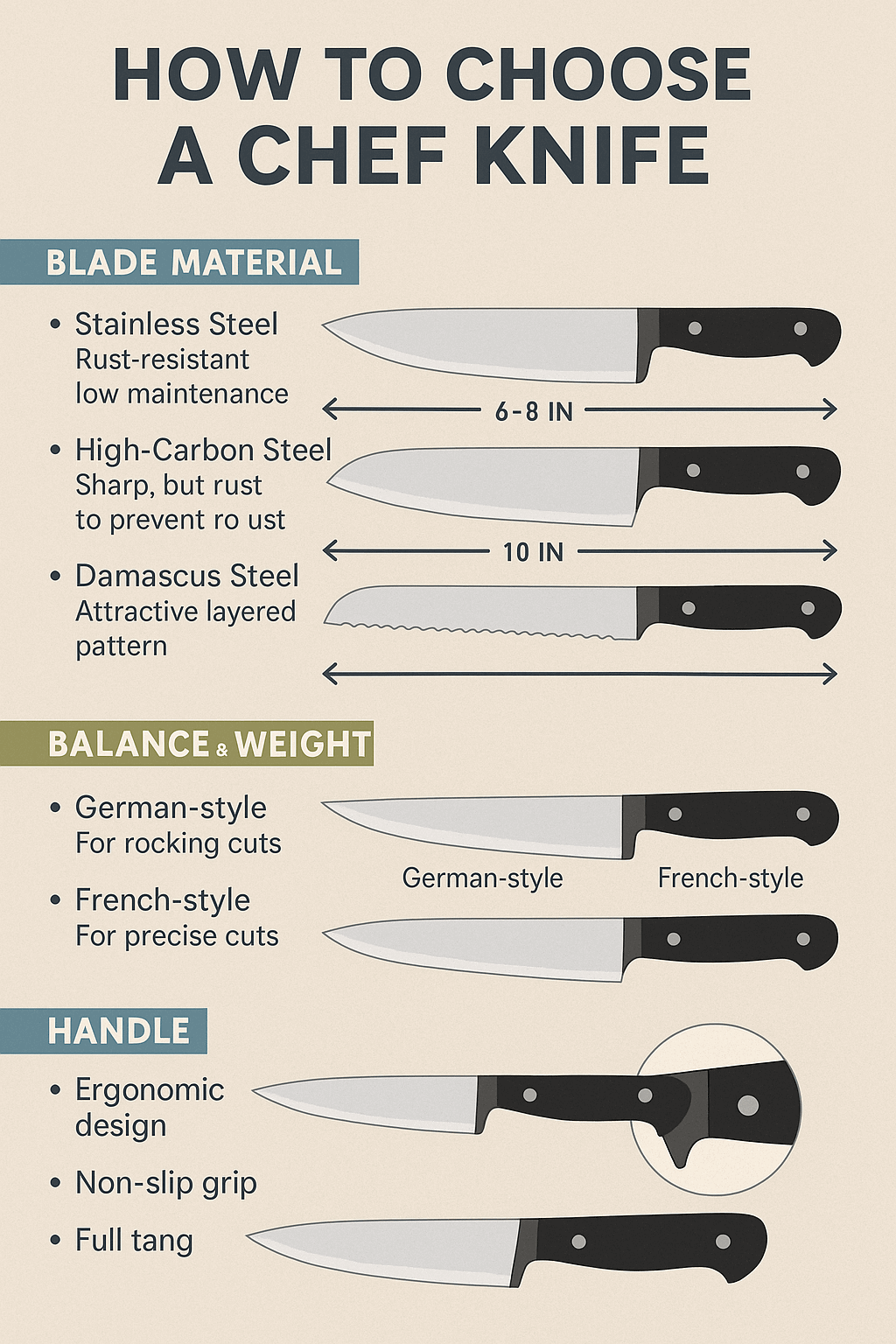
Choose wisely, take care of it, and your chef knife will become your most trusted kitchen companion for years.
